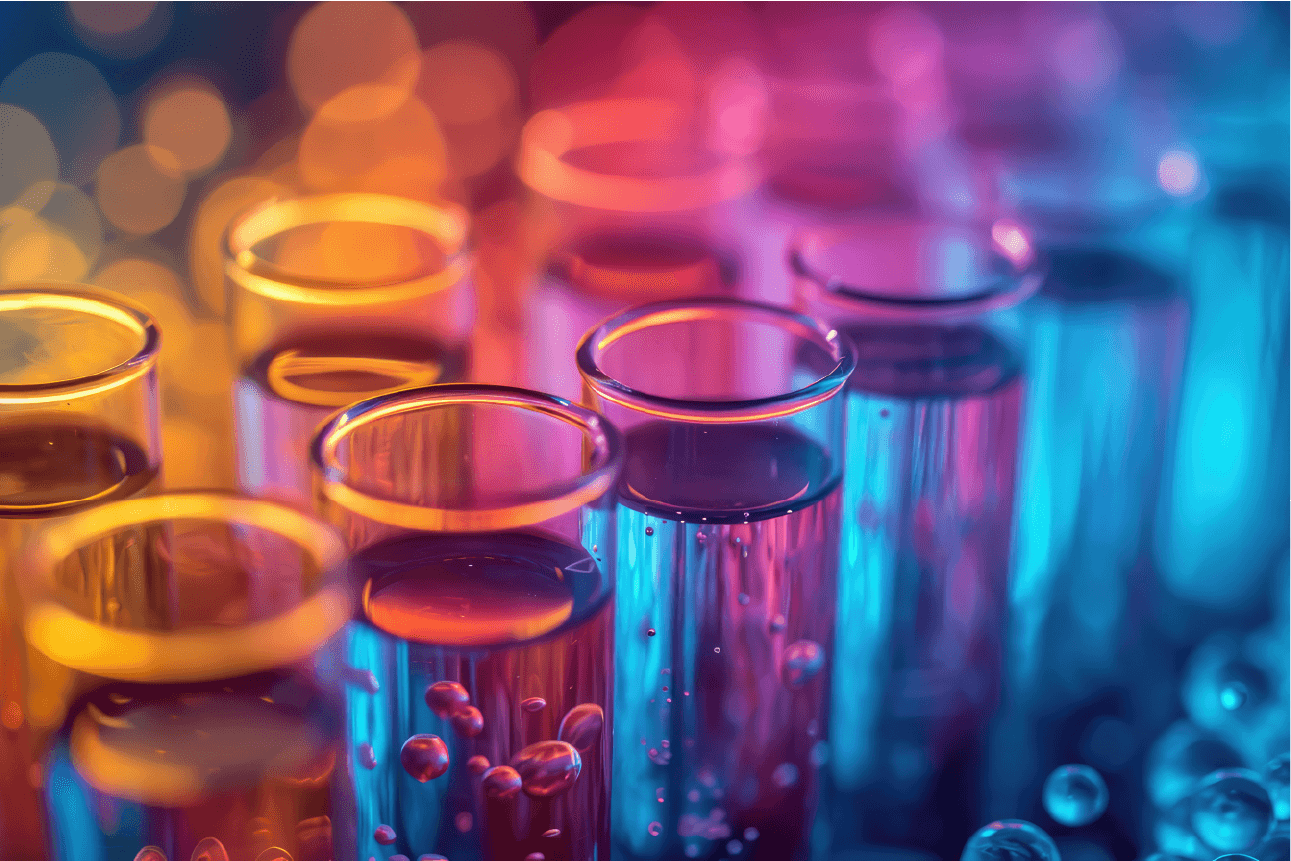5 types of formulation excipients and how they impact biologics stability

For pre-formulations researchers looking to find buffers that stabilize early development biologic products, buffer optimization goes beyond the pH and salt concentration of the solution. Excipients are additives to buffers that go a long way towards stabilizing biologics candidates long-term, and therefore are critical components to evaluate, even in the early pre-formulation stage of buffer optimization.
Each excipient class helps stabilize biologics – from monoclonal antibodies to vaccine antigens – in different ways. Read on to learn more about some of the most important excipients for biologics, and how they provide stability to their formulation.
1. Adjuvants
Adjuvants create a stronger immune response, and are important for vaccines in particular. These are often separate small molecule biologics that boost the immune response.
2. Surfactants
Surfactants help reduce surface tension of a solution, making it easier for hydrophobic molecules to remain solubilized. Detergents such as polysorbate 80 or polysorbate 20 are common surfactants.
3. Amino acids
Amino acids are a specific category of excipient used to help stabilize free charges on the protein molecules. They are a way to help reduce the cross-protein attraction between charged molecules without bringing the salt concentration as high.
Amino acids usually used for this work are Arginine, Proline, Glycine, Histidine, and Methionine. Arginine, Proline, and Glycine also help regulate the viscosity of the final formulation. Learn more about why viscosity is critical here.
4. Sugars
Sugars are very helpful as conformational stabilizers for antibodies in particular. They offer cryoprotection for lyophilized products, and have beneficial effects on solvation of the biologic molecule. Sucrose is one of the most common sugars added to buffers, but mannitol, sorbitol, and trehalose are also used.
5. Polyols
Polyols, similar to sugars, are stabilizing molecules that enhance thermal stability of biologics. They also act as “bulking agents” to keep the overall three-dimensional structure of the protein, particularly important during drying for lyophilization. Glycerol is a very common polyol for stability enhancement; mannitol and sorbitol are also used.
Conclusion
As you’ve seen, there are many different excipient types that help enhance the long-term stability of your biologic, thereby increasing its chance of making it to the clinic. It’s worth noting – each therapeutic you build will behave differently, and it’s critical to screen many excipient types on every candidate to confirm which ones confer the most stability to your therapeutics.
Tools such as the PR Panta help upstream researchers in the pre-formulations space make assessments about how buffer components improve the stability of their therapeutics. High-resolution data on multiple stability parameters with low limits of detection help accelerate the buffer optimization process.
Careful consideration of the impact of pH, salt concentration, and other excipients will set your biologic candidates up for success – read more about formulation optimization considerations here.
Working with biologics?
Sign up to receive the latest eBooks, product updates, event announcements, and more
